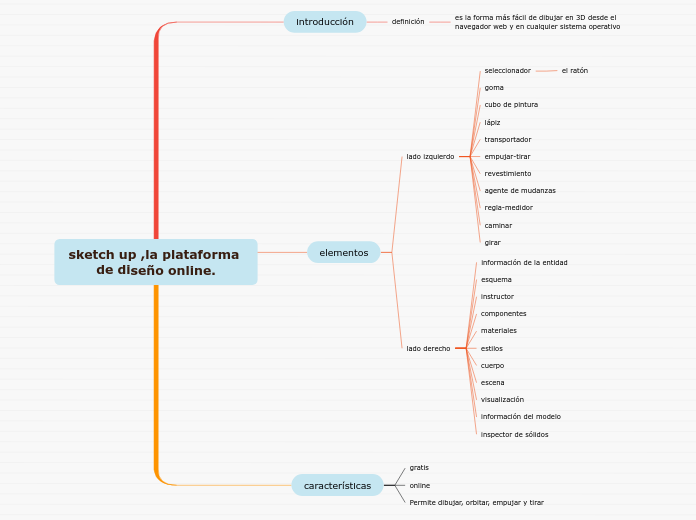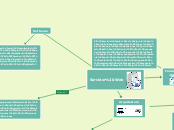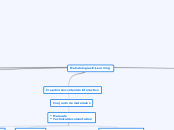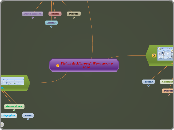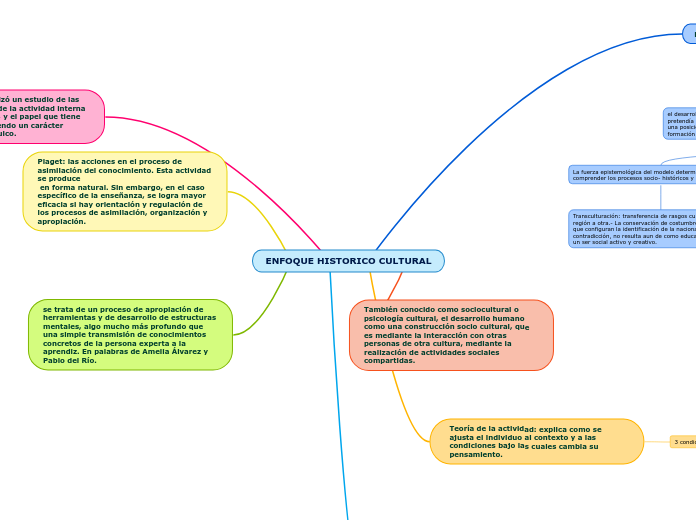sketch up ,la plataforma de diseño online.
To name your story, you have to think about the overall message and what you want your audience to understand from the story. Also, make it relevant and easy to remember.
características
Your story can take place wherever your imagination will take you to.
For example: in an elevator, in an enchanted forest, etc. Don't forget to give details of the environment each time the setting changes, otherwise, the story can be confusing. Also, mention the seasons as each of them has unique weather and events.
Permite dibujar, orbitar, empujar y tirar
online
gratis
elementos
The middle of the story is where you add layers of complications that will lead to the end. Reveal more about the character's journey. Did their personality go through changes? How did they overcome the challenges? And as you build up the story’s central conflict, make it more personal to that character. Also, from the middle act, you have to lead into the final act.
lado derecho
inspector de sólidos
información del modelo
visualización
escena
cuerpo
estilos
materiales
componentes
instructor
esquema
información de la entidad
lado izquierdo
Each story has a main character and that character usually needs to solve a problem or challenge. The character's challenge is the one that creates tension throughout the story.
girar
caminar
regla-medidor
Try answering these questions to come up with a closure:
- Have all the problems been solved?
- Is there a clear picture of what happens with each character in the story?
- Has the challenge transformed your main character?
- How do the characters feel in the end?
agente de mudanzas
revestimiento
empujar-tirar
transportador
lápiz
cubo de pintura
goma
Type in any other challenges which other characters in the story need to face.
seleccionador
In most stories, there are 3 challenges. The number 3 is a mystical number symbolizing completeness. Try to come up with interesting challenges with which your character needs to struggle.
See a few examples below:
- turns into a werewolf at night
- is sent back in time
el ratón
introducción
In the beginning of the story (or the exposition), you will need to introduce the setting and characters. You might also want to introduce the main conflict. This part of the story is important because it gives the reader necessary background information and maybe even a first insight into a character’s personality.
definición
es la forma más fácil de dibujar en 3D desde el navegador web y en cualquier sistema operativo
